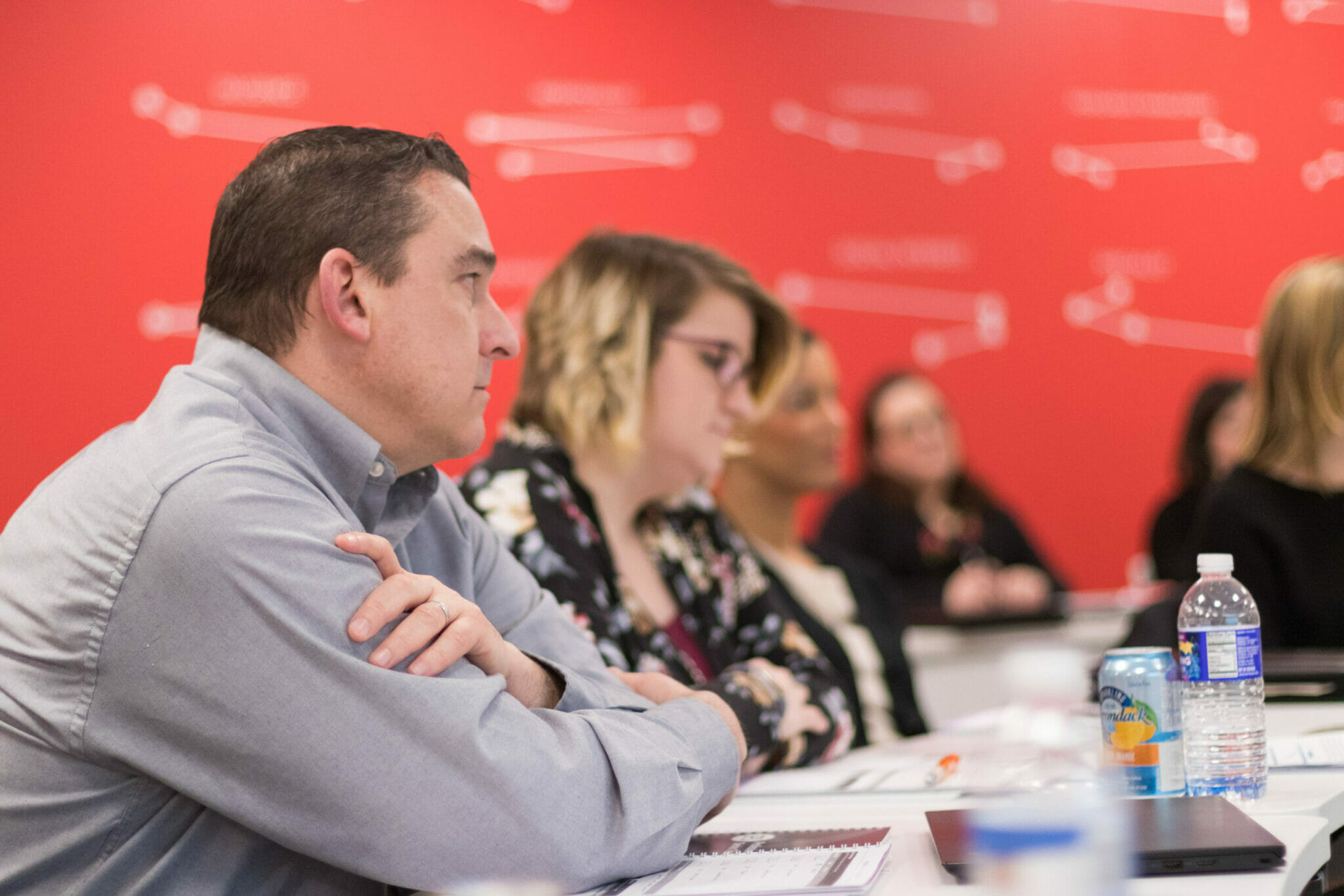Wondering why good employees quit time and time again?
There are four factors that disrupt employee engagement: poor job fit, poor manager fit, poor culture fit, and poor team fit.
We’ve previously discussed poor job fit in detail. A lack of fit with one’s direct manager is number two on the list.
Good employees quit because they don’t gel with their manager.
“People leave managers, not companies,” Marcus Buckingham wrote in 1998. Two decades later, his words ring truer than ever in an intensely competitive and fluid labor marketplace.
According to a 2018 study by Mercer, one in three employees plan to quit their job in the next 12 months. Why do good employees leave? One of the biggest reasons is a poor fit or relationship with their direct manager.
In fact, 75 percent of employees in the U.S. report that their manager is the worst part of their job. A hefty 65 percent would actually take a pay cut to replace their boss with someone better. In one Gallup study, 50 percent of employees report leaving a job to “get away from their manager to improve their overall life” at least once in their career.
Clearly, an employee’s relationship with his or her manager is one of the most critical contributors to their engagement and overall work environment. This doesn’t mean that most employees necessarily have bad managers. The conflict often comes down to the fit between different personalities and the various workplace behaviors individuals exhibit.
In fact, manager fit accounts for 70 percent of the variance between engaged and disengaged employees, according to Gallup. Top performers tend to be those employees who have good relationships with managers.
Finding and resolving conflicts in your organization
Here are a few signs your company might be losing good employees because your managers aren’t inspiring their employees in meaningful ways and pushing them to rise to the top of their game:

- Managers aren’t able to set (or articulate) long-term goals for their team members
- Managers have to micromanage employees to achieve results
- Frustration levels are high between managers and employees
- Managers and employees are not having (or actively avoid) regular 1:1 feedback sessions
- Manager-employee communications are poor or cause frequent conflict
- Certain managers have lower rates of employee retention and frequent employee turnover
Sometimes, the signs of a poor manager fit can be more subtle. It’s worth looking beyond the scope of a single team or functional group to see if some of these symptoms are present:
- Productive employees feel a manager isn’t fair, or complain of favoritism
- Employee performance reviews from managers do not align with other feedback
- Employees are more successful on matrixed or cross-functional teams than their own
- Employees are well-liked and otherwise a good fit for the culture and work environment
- Employees express concerns but otherwise understand and practice your company values
- Employees have otherwise connected with peers and made friends at work
Assuming you have your employees and your managers in the right roles, how can you keep all those employees fully engaged instead of out job-searching?
One tactic is to teach your managers to be empathetic.
Building an empathetic corporate culture
A culture of empathy isn’t an easy thing for companies to create from scratch, but it’s important to start by building understanding and communication in manager-employee relationships. Once you identify employee needs and strengths, you can give managers that information to help them guide, nurture, and encourage good work and talent in a way that will resonate for each person.
Some managers are hard-wired to be empathetic. These might be your coach and your listener manager types. But for other managers, this requires an effort be made.
Join 10,000 companies solving the most complex people problems with PI.
Hire the right people, inspire their best work, design dream teams, and sustain engagement for the long haul.
Successful managers are the ones who realize each employee is different. Learning about each individual employee’s preferred ways to think and work will help your managers tailor their approach. Let’s say one employee doesn’t think on his feet—your manager should accept that and give him time to prepare his answers rather than put him on the spot during a team meeting.
Here are two ways you can ensure a better employee-manager fit for your employees:
1. Make empathic, strength-based management a priority for your organization.
Organize your culture around identifying and nurturing employee strengths, taking care to create good job fit when hiring, but also using employee strengths as a basis for development. Set the expectation for every leader in the company that they make an effort to understand the needs and behaviors of those on their teams and communicate with them accordingly.
2. Give managers the tools they need to be successful supervisors.
Making empathy a priority doesn’t mean understanding will develop overnight. You’ll need to provide managers with strategies and training to understand, support, and challenge each of their employees as individuals. These tools can take the form of behavioral and cognitive assessments, as well as other methods that help leaders manage each employee as an individual.
The information these behavioral tools generate lets your managers establish strong relationships with their teams because they’re fostered on being empathetic and understanding of each others’ differences, and seeing those differences as beautiful.








